Rethinking Sarat Chandra Chattopadhyay, the humanist
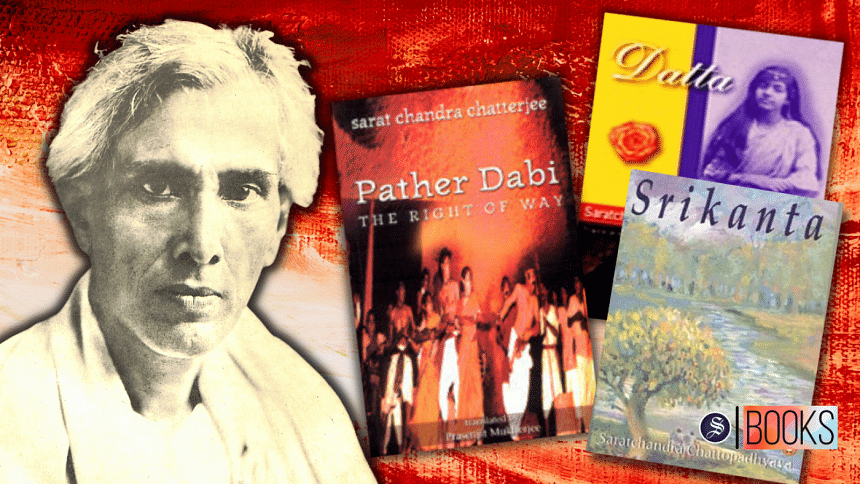
The presence of Sarat Chandra Chattopadhyay (1876-1938) in Bangla literature is both ubiquitous and idiosyncratic. His prolific literary oeuvre has granted him a special place in the hearts of readers. His distinct literary voice mirrored the societal plagues and the cultural ethos of Bangalis. The distinguished wordsmith has gained the reputation of a 'daradi' due to his sympathetic attitude towards women and the downtrodden in his writings. His novel Pather Dabi (first published 1926) has been called revolutionary for its anti-British and nationalist stance. However, his literary accolades notwithstanding, Sarat Chandra was never a social reformist, much less a revolutionary. His politics was very much shaped by colonial ideas as reflected in his literature.
Followed by the Bengali Renaissance in the early 19th century, new definitions of ideal womanhood and femininity were established. A new social strata called the "middle class" emerged during this time. Sati was abolished, widows were given marriage rights, and female education especially in the elite class was realised. The terms "Bhadralok" and "Bhadramahila" were introduced in colonial Bengal to refer to the upper class men and women. This new ideal woman was one who is moderately educated to become a proper "sahadharmini". They were groomed to fit in the ideal Victorian womanhood model and be the spiritual voice of the Indian soil simultaneously.
Sarat's fiction and his protagonists illustrated the liberal ideas and the humanist philosophy of the West. He wrote about love, sex, and family in a new light which had liberal undertones, at the same time staying true to Indian patriotism. In his work, human nature and behaviour are depicted dramatically with beautiful prose and in a lifelike manner.
But despite his caste-consciousness and critical depiction of the social prejudices of colonial Bengal, he never directly opposed them. In his real life, he was an upholder of traditional Hindu patriarchy and Brahmin-dominated caste society. During his lifetime, he never wholly supported the Bhahmo Somaj and he never received food from a woman, but only from people whose parents are Brahmin. Such traditional prescriptions were demonstrated in how he viewed marital relationships, love, and women in his work. He prominently wrote about the bourgeois middle class and almost all of his characters, including the women, are from the upper caste. More so, his portrayal of the Muslims and lower caste people was stylised and pitiful at the very best.
Sarat Chandra prescribed the "devi" image of the upper caste women and portrayed them to be the beacon of selfless love, sacrifice and purity. It can't be denied that women were central to Sarat's stories and the men were an afterthought many times, and that these women were strong and brave, but they were ready to sacrifice everything for the men—an idea that fit right into the ideal womanhood of the elite class.
In Srikanta (first published 1917), Ananda, the snake charmer's wife, is introduced as a Muslim but both Indranath and Srikanta refuse to believe that. They think she must be a Hindu woman because she is virtuous, dutiful, and self-sacrificing. Multiple characters of Sarat's believed that goodness and virtue are innate to people who are of the upper caste by birth. Later, Ananda confesses that she was born a Brahmin but left her dharma as a duty to her husband. Even Rajlokkhi, the courtesan Srikanta falls in love with turns out to be an upper caste woman who doesn't eat meat and follows all the rules of purity. In Datta (first published 1918), Bijoya, the Brahmin girl is described as having soft and beautiful features but Bilas, the lower caste man is described as having rugged features. And whilst Sarat Chadra talks about the casteism of Brahmo Somaj here, at the end Bijoya is married to another Brahmin man and the caste purity is maintained.
His women, thus, were the very image of colonial ideal womanhood: docile, virtuous, and selfless. His men, on the other hand, were of weak morals, yet they were loved and revered by the women in their lives.
However, in "Abhagir Swargo", we see a lower caste woman being central to the story. Abhagi, a lower caste woman, dreams of having a funeral as an upper caste woman. She believes she will go to heaven if she gets a proper funeral. But when she dies, her only son doesn't get to arrange such a funeral, so he sets fire to their hut with her body. This was only one of the stories where Sarat portrayed the downtrodden without overdramatising it.
Whilst Sarat's literary prowess and contribution in Bangla literature is undeniable, many of his protagonists in his fictional work didn't evolve beyond the parameters of the 19th century social ethos and politics. He focused more on satisfying his readers by creating characters which fit the ideal manhood and womanhood in colonial India rather than explicitly challenging them. Although his fiction portrayed the plights of widows and other societal ills, his personal politics contradicted that on many levels. Ultimately, Sarat Chandra's reputation as a humanist leaves a lot to desire for.
Nawshin Flora is currently daydreaming about catching up to her never ending TBR list. Remind her to get enough sleep at [email protected].

 For all latest news, follow The Daily Star's Google News channel.
For all latest news, follow The Daily Star's Google News channel. 
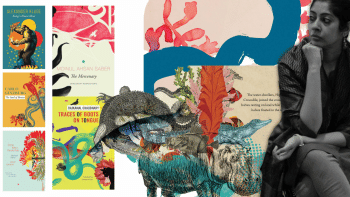
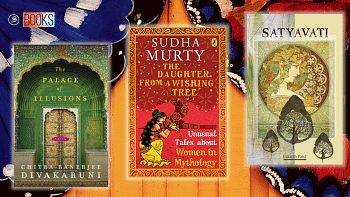



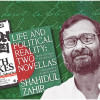
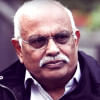
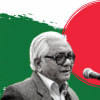
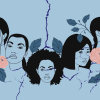

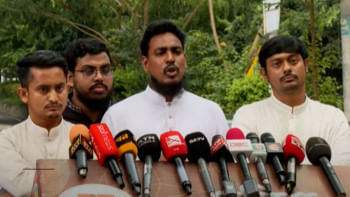
Comments